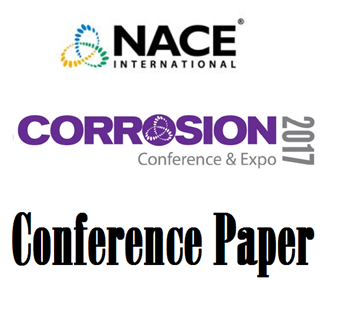Lower quality “opportunity” crudes are now processed in most refineries crudes may vary daily. These feedstocks, if not properly handled, can and the source of the result in reduction in service life of equipment as well as costly failure and downtime. Analytical tools are needed to predict their high temperature corrosivity toward distillation units Threshold in total sulfur and total acid number (TAN) have been used for many years as “rules of thumb” for predicting crude corrosivity, However, it is now realized that they are not accurate in their predictive ability. Crudes with similar composition and comparable with respect to process considerations have been found to be entirely different in their impact on corrosion. Naphthenic acid content, sulfir content, velocity, temperature, and materials of construction are the main factors tiecting the corrosion process. Despite progress made in elucidating the role of the different parameters on the crude corrosivity process, the main problem is in calculating their combined effect, especially when the corroding stream is such a complex mixture. The TAN is usually related directly to naphthenic acid content, However, discrepancies between analytical methods and interference of numerous components of the crude itself lead to unreliable reported content of naphthenic acid. The sulfur compounds, with respect to corrosivity, appear to relate more to their decomposition at elevated temperature to form hydrogen sulfide than to their total content in crude. This paper review the present situation regarding crude corrosivity in distillation units, with the aim of indicating the extent of available information, and areas where further research is necessary
Keywords: Naphthenic Acid Corrosion, Crude Oil Corrosion, High Temperature Corrosion




